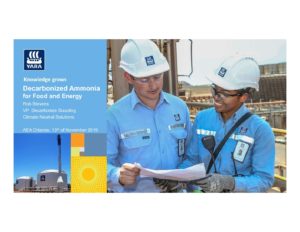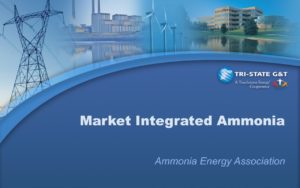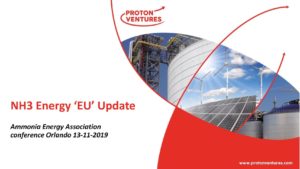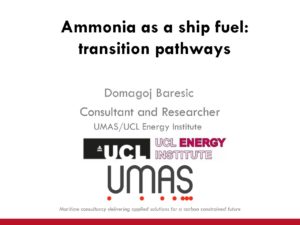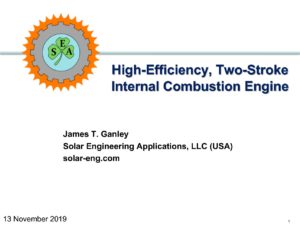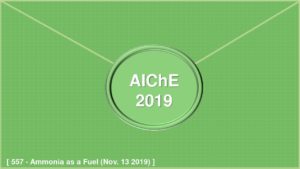Presentation
Decarbonized Ammonia for Food and Energy
Yara, the Crop nutrition company for the future, established several new business units to sustainably feed the world and protect the planet. Within the segment New Business – Decarbonize Yara – will focus on the main aspects of green house gas emissions in the value chain. Decarbonized ammonia, through the renewable hydrogen route, has several carbon footprint advantages. Fertilizer production will reduce CO2 emissions, the derived nitrate based fertilizer has a lower carbon footprint at field application than other fertilzers and renewable ammonia can be used as an energy carrier (energy storage and (in-)direct fuel). The presentation will cover a…
